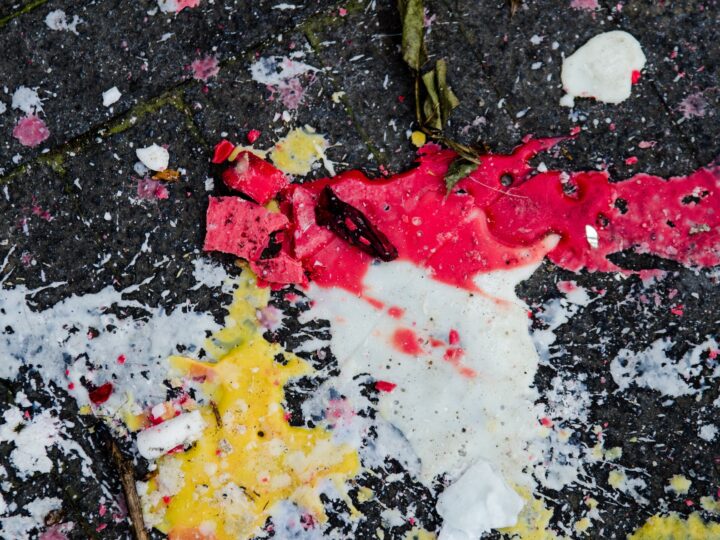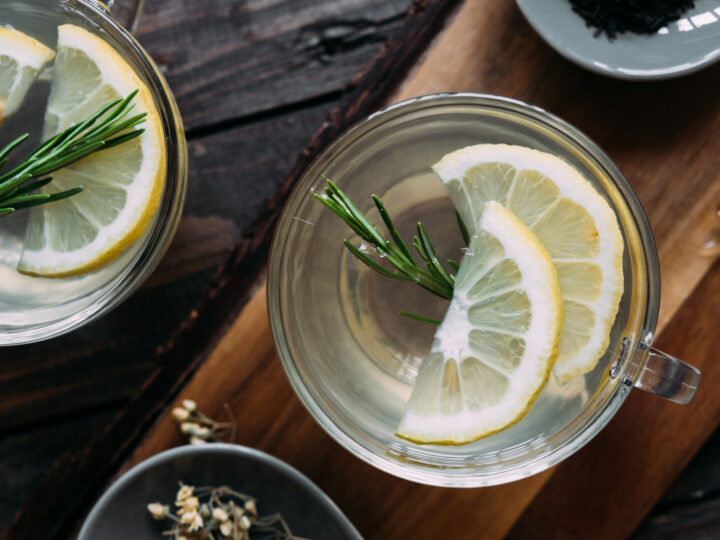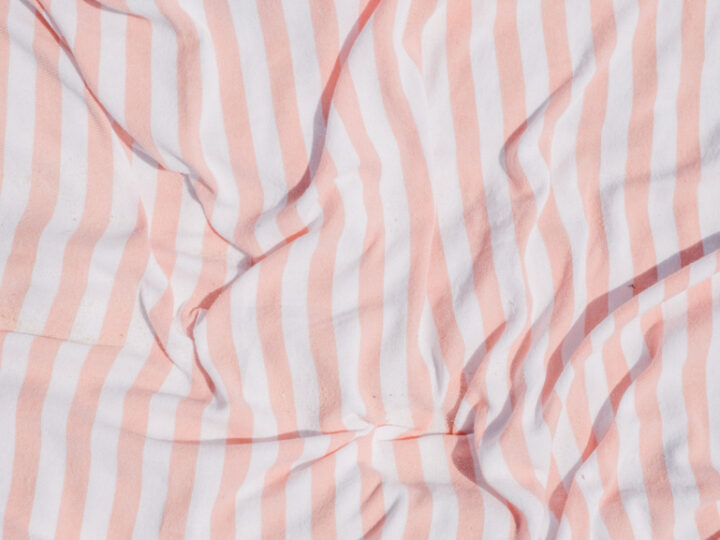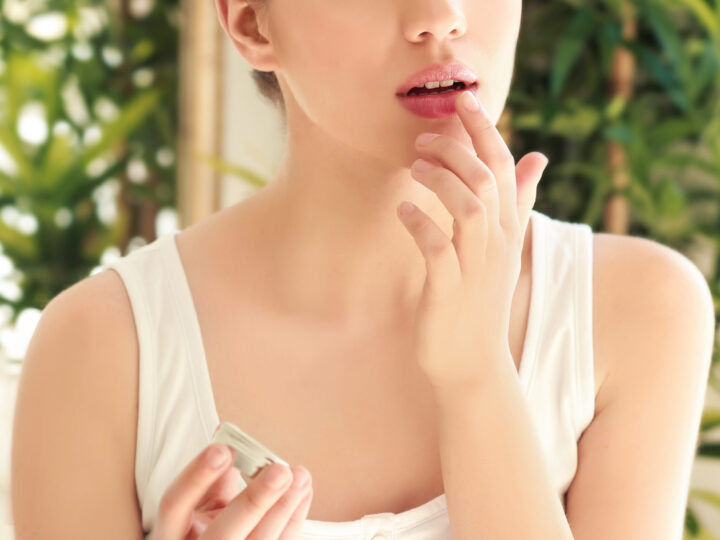3 WAYS TO EASE YOUR ALLERGIES WITH EASTERN MEDICINE
Calm Down Your Histamines Naturally
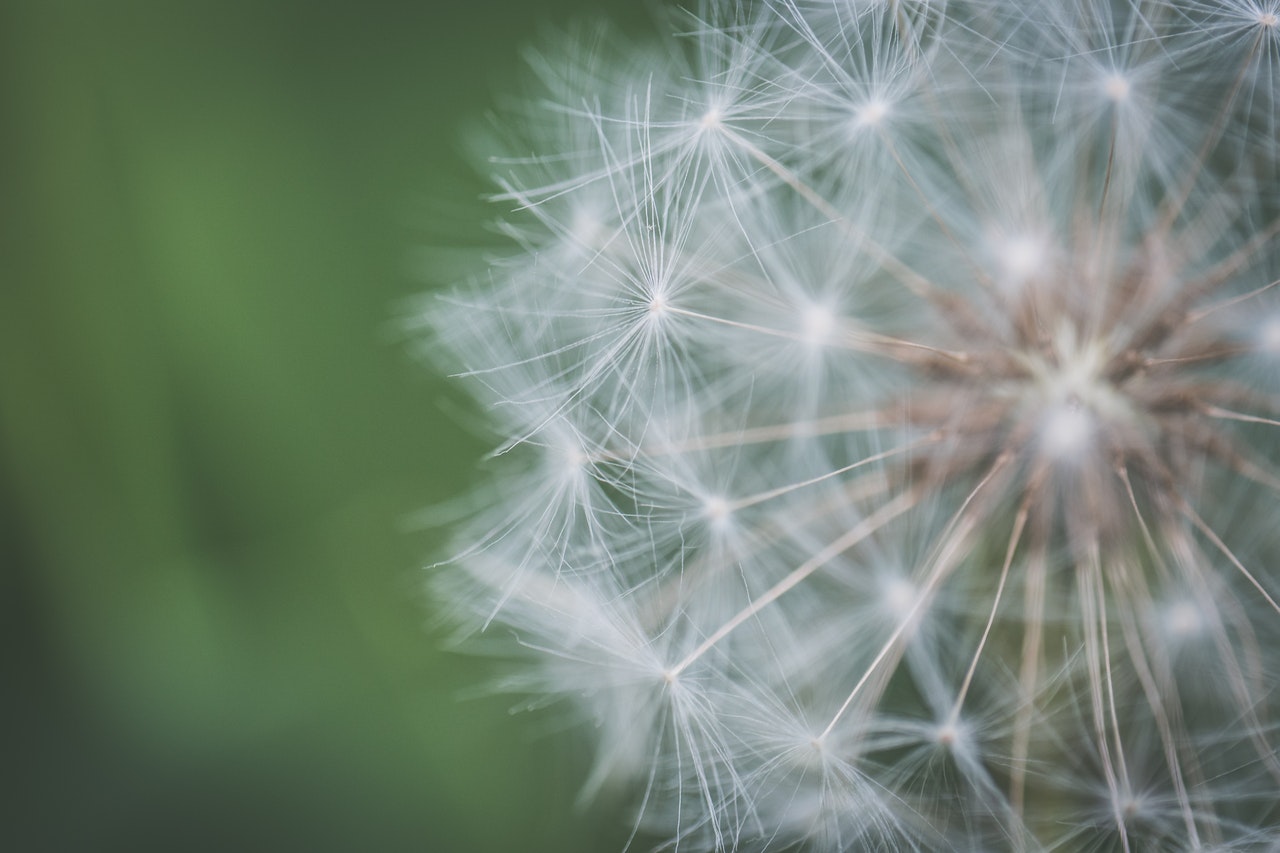
Spring is here, and for many of us, that means seasonal allergies are back. As anyone with allergies will tell you, there are no permanent fixes for your allergic reactions–you just have to hope you eventually grow out of it.
And if you’re not into OTC allergy meds that make you feel sleepy and loopy, you might feel like you’re out of luck. But that’s where Eastern medicine comes in. Practiced for thousands of years, Eastern medicine traditions like Traditional Chinese Medicine (TCM) and Ayurveda have their own methods for dealing with allergies and helping to soothe your symptoms.
Here’s what you need to know.
Allergies and Western Medicine
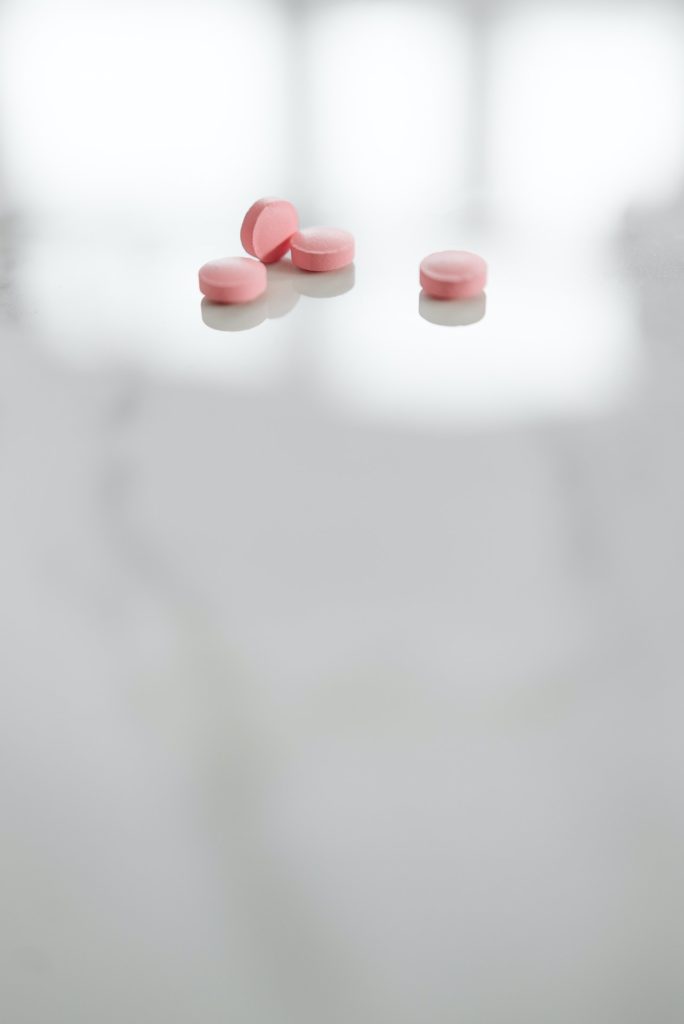 From the western medicine perspective, treating allergies mostly about calming down your antihistamines. Like the name suggests, antihistamines help to block the effects of histamines in your body that are triggered by certain allergens. Benadryl, Clariten, and Zyrtec are all popular OTC allergy meds. They should help you clear up a runny nose, congestion, itching, and hives. Depending on the type and severity of your allergies, your doctor might also prescribe you cortico-steroids or have you take decongestants.
From the western medicine perspective, treating allergies mostly about calming down your antihistamines. Like the name suggests, antihistamines help to block the effects of histamines in your body that are triggered by certain allergens. Benadryl, Clariten, and Zyrtec are all popular OTC allergy meds. They should help you clear up a runny nose, congestion, itching, and hives. Depending on the type and severity of your allergies, your doctor might also prescribe you cortico-steroids or have you take decongestants.
These kinds of medicines are great at stopping an allergic reaction in its tracks. But there’s a downside–most of these kidneys of allergy medicines will make you sleepy or loopy, and they can be dangerous if you take too many at one time.
The Eastern Approach to Allergies
In Traditional Chinese Medicine (TCM), allergies usually indicate 2 things: poor lung qi and weak spleen qi.
If your lung qi is weak, your respiratory system won’t be able to function as well as it should. That might mean your nasal passages get blocked up or your lungs feel tight. Spleen qi, on the other hand, has to do with your digestive functions. If your spleen qi is low, your body will make mucus that will get trapped in the lungs, giving you a hacking cough.
In Ayurveda, allergies or intolerances are known as Asatmya. Asatmya is caused by a weak stomach fire (known as Agni). A weak stomach fire leads to the buildup of toxins (Ama), which takes the form of mucus.
Allergens are divided up into 3 groups based on the doshas (energies) that they contain.
- Vata Allergies: If you have Vata related allergies, you probably can’t tolerate bitter or spicy foods, raw foods, or cold foods very well. Symptoms will look like wheezing, bloating and digestive discomfort, and anxiety.
- Pitta Allergies: Pitta allergies are triggered by citrus fruits, spicy, sour and salty foods, and fermented food. People with pitta related allergies also tend to have sensitive skin and be allergic to certain chemicals, fabrics, or metals.
- Kapha Allergies: Kapha related allergies are set off by sweet, sour, salty foods and dairy. Symptoms include runny nose, phlegm buildup, congestion, and coughs.
The right treatment for your allergies, according to Ayurveda, depends on what dosha is controlling them.
3 Eastern Medicine Tips For Allergy Relief
Poke It Out
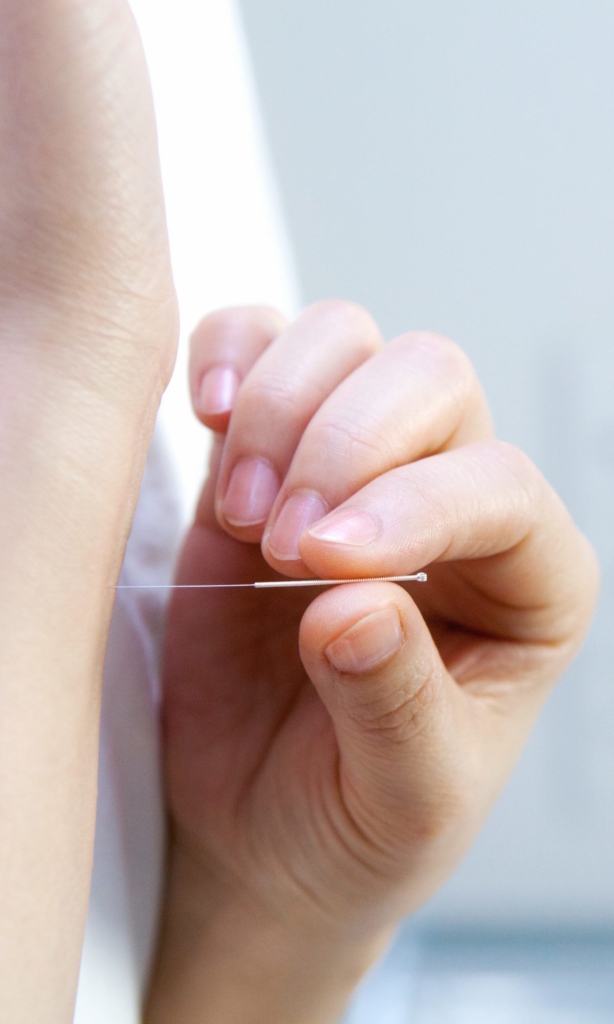 Even if you’ve never heard of TCM, you’ve probably heard of acupuncture. Acupuncture is actually an ancient TCM treatment method that originated in ancient China, but modern researchers are looking into the effects of the needle treatment.
Even if you’ve never heard of TCM, you’ve probably heard of acupuncture. Acupuncture is actually an ancient TCM treatment method that originated in ancient China, but modern researchers are looking into the effects of the needle treatment.
In a German study, scientists found that patient groups treated with acupuncture saw a big decrease in their allergy symptoms, but there’s a chance that was caused by the placebo effect.. However, there is evidence that acupuncture can also help with skin rashes like eczema. Hopefully more studies will be conducted to figure out exactly how helpful this treatment is, but it seems promising!
When you go to your appointment, your acupuncturist will talk to you about your allergies, symptoms, and lifestyle to find out exactly what acupoints to target to make you feel better.
Freshen Up With Peppermint Oil
In TCM, peppermint is thought to work against wind-heat illnesses. If you have symptoms like red, itchy eyes, a runny nose, sneezing and sinus pressure, peppermint will help to dispel the heat with its cooling effects. It also heads straight to the Liver to help unblock your qi and relax your body.
One of the reasons peppermint oil is so good for allergies is that it’s chock-full of anti-inflammatory power. That means it can help ease congestion and stuffiness quickly. You can mix it with a carrier oil like jojoba to apply it directly to your skin, or add a few drops into your shower for a spa-like bathing experience.
Scrape Away The Congestion
Gua Sha is an old Chinese treatment, traditionally done with a porcelain soup spoon, that has made a major comeback recently. Basically, you take a specially shaped stone and scrape it across your face in upward and outward motions. This increases the blood flow to the area your scraping at the same time as it releases built up tension. Most people use gua sha on their face, but it’s also great for your neck and shoulders.
But for allergies, gua sha is great for breaking up congestion. That’s because certain gua sha techniques let you scrape and move along the fluid that’s building up, making you congested and stuff.
First, warm up your gua sha stone with warm water, then scrape from the center of your forehead towards your brows with the flat side of the brush 10 times. This will drain that lymphatic fluid that makes you puffy and swollen. Then move on to your “bi-tong” accupoint, which is by the bottom edge of your nostrils. Use your gua sha stone to scrape this area with short, outward strokes. Then use the flat edge of the stone to scrape just under your cheekbones up to your temple. To drain every out, finish by scraping the sides of your face from the temple to the neck in one long motion.
Always remember to apply plenty of facial oil before you do your gua sha–you want the stone to glide over the skin, not tug at it.
Newer
Bad Breath? Here’s What That Says About You, According to Eastern Medicine
Older
Stop the Swings: Easing Monthly Mood Changes with TCM
Comments (0)
Leave a reply
You must be logged in to post a comment.

